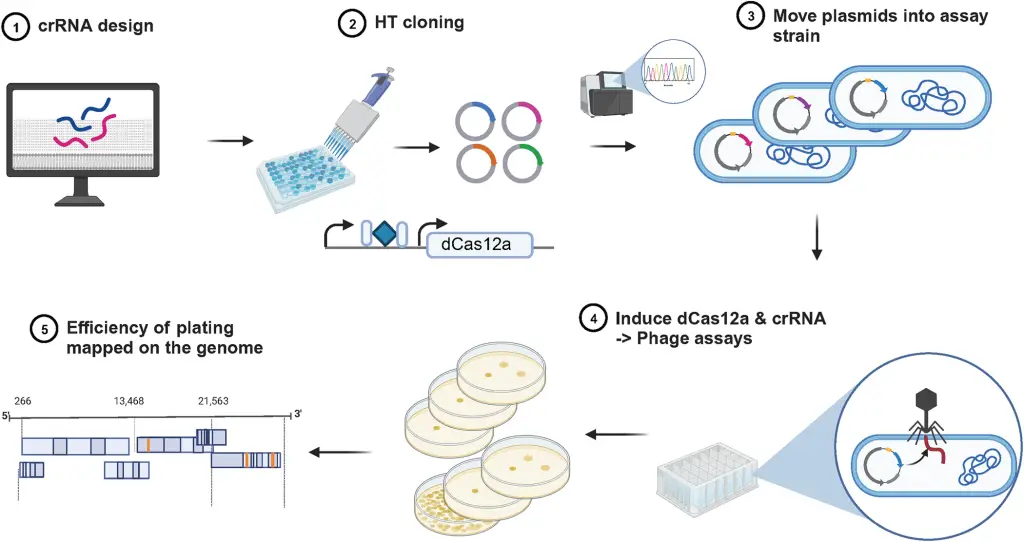
Scientists from École Polytechnique Fédérale de Lausanne (EPFL) have introduced a game-changing technique that uses light to handle and recognize individual bacteriophages, which are viruses that prey on bacteria. This innovation could revolutionize treatments for antibiotic-resistant bacterial infections, making the process much quicker and simpler.
Antibiotic resistance is becoming a major problem, so researchers are hunting for new ways to fight bacterial infections. Bacteriophages have emerged as a promising option. They’re viruses that attack bacteria and could be used as therapy.
Phage therapy, as it’s called, involves using these viruses to combat bacterial infections instead of antibiotics. This therapy is widely known for its personalized approach, whereby each case is treated as unique and investigated by screening the phage bank for a suitable candidate to treat a particular case, unlike antibiotic therapy, which follows a standardized approach for everyone. However, there’s a challenge: determining which phage to use for a specific infection is like searching for a needle in a haystack.
In a joint effort with EPFL, CEA Grenoble, and Lausanne University Hospital (CHUV), scientists have created tiny nanotweezers that can trap and manipulate individual bacteria and virions (the infectious form of a virus) using just a little bit of light. There are other rapid methods, such as the one we recently wrote an article about, which involves barcoding the phage, but it appears to be complex to perform and requires advanced expertise.
These nanotweezers work like magic. They use a focused laser beam to handle microscopic objects such as virions without even touching them. Unlike regular tweezers, which operate in the open, these nanotweezers are part of a small chip.
This chip has tiny traps made of silicon-based photonic crystal cavities. These traps guide the phages into place using light, allowing scientists to control and monitor single bacteria and virions in real-time.

What’s really cool is that this method can tell different types of phages apart without needing any chemicals or receptors. Instead, the nanotweezers analyze how each particle changes the light around it. This means researchers can pick the right therapeutic phages much faster, potentially speeding up the development of new treatments.
But it doesn’t stop there. This research isn’t just about phage therapy; it’s also a game-changer for microbiology. Being able to study single virions in real time gives scientists a powerful tool for quick experiments and testing. This could help us understand viruses better and how they interact with hosts, which is crucial in the fight against infectious diseases.
Read more about this study: Nicolas Villa et al, Optical Trapping and Fast Discrimination of Label‐Free Bacteriophages at the Single Virion Level, Small (2024). DOI: 10.1002/smll.202308814. Image credit to the published study
Have you liked what you have just read, click here to read more related content (phage-related news) like this one and also join our community by following the phage on X(formally Twitter), Facebook, and LinkedIn page



